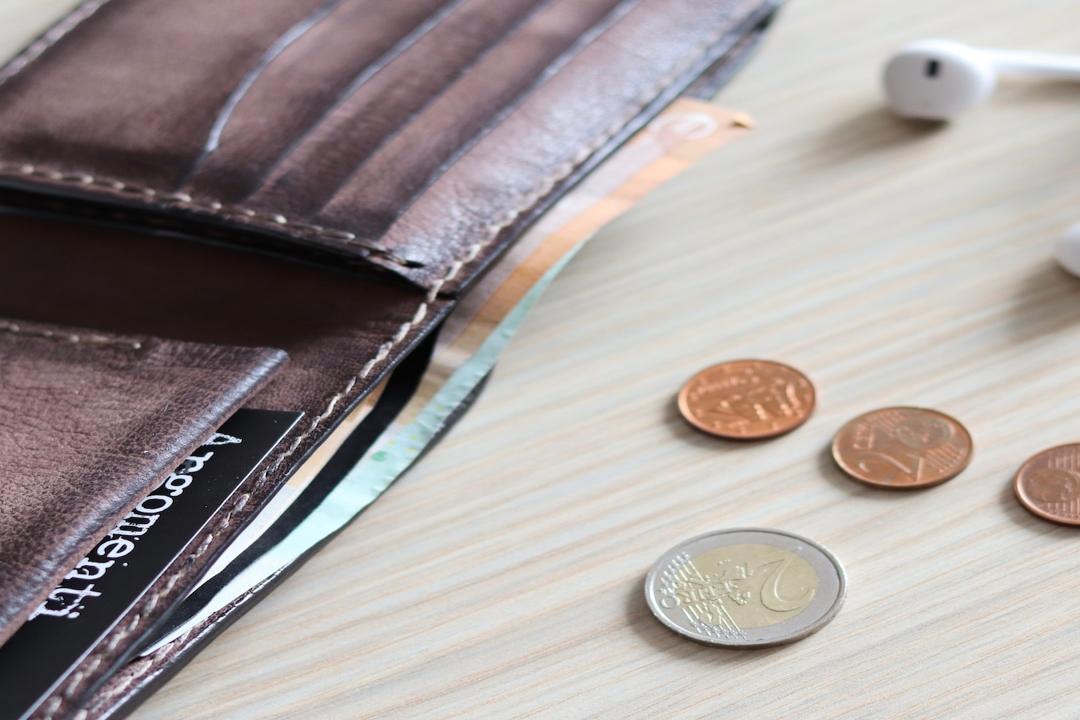The United States presidential election has officially concluded, and the country will welcome its first “crypto president”! After Trump’s election, the cryptocurrency market surged, with Bitcoin briefly surpassing $75,000, setting a historical high.
How to buy Bitcoin? How to open an account on an exchange? This article provides a step-by-step guide on all the steps to buying cryptocurrencies.
Want to start buying cryptocurrencies, but unsure of what to choose?
Are you looking to take the first step into buying cryptocurrencies but don’t know which asset to choose? Besides the commonly mentioned Bitcoin (BTC) and Ethereum (ETH), “Stablecoins” are also a good option for beginners.
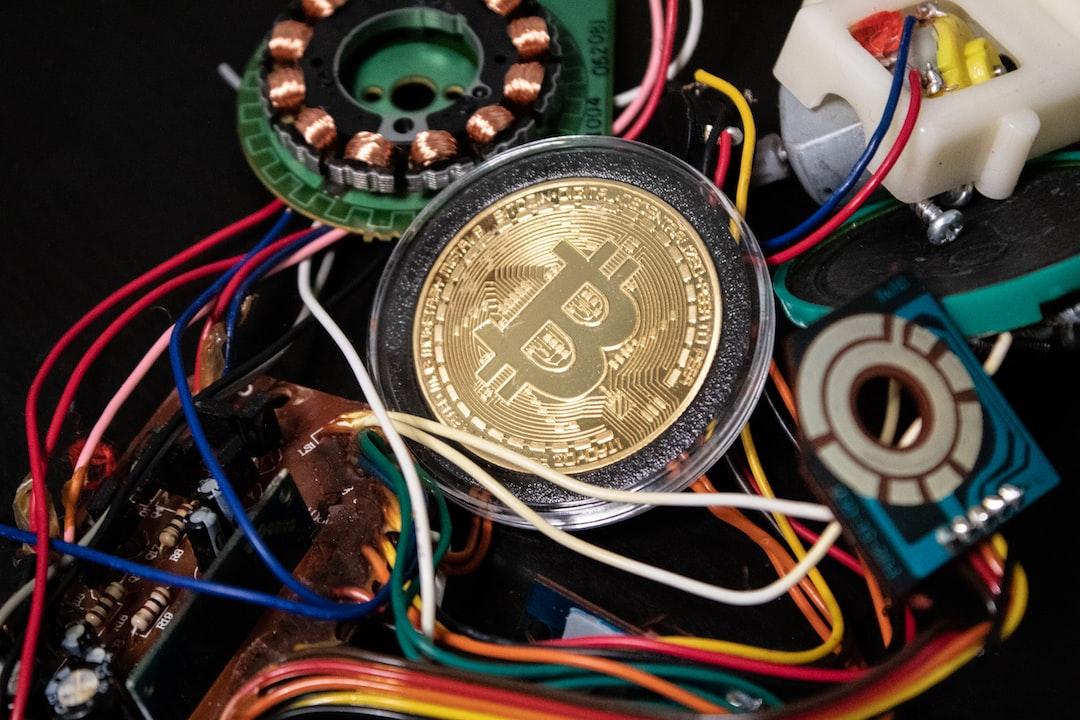
What is a Stablecoin?
A Stablecoin is a type of cryptocurrency whose value is usually pegged to a stable asset, such as fiat currency or gold, to maintain its price stability. “Dollar stablecoins” are the most common category, pegged to stable reserve assets like fiat currencies (such as the US dollar) or gold, to keep their prices relatively stable.
On some exchanges, you can get better prices than the New Taiwan Dollar by using Stablecoins to purchase other cryptocurrencies.
?️ Further Reading:
[Illustrated] The US orders a halt to BUSD issuance! Two charts to understand what a Stablecoin is?
Currently, in the cryptocurrency market, the most well-known Stablecoins are Tether USD (USDT) with the highest trading volume, and USDC issued by Circle and the exchange Coinbase.
When people in the crypto community refer to “buying U” or “how many U,” they are talking about Stablecoins.
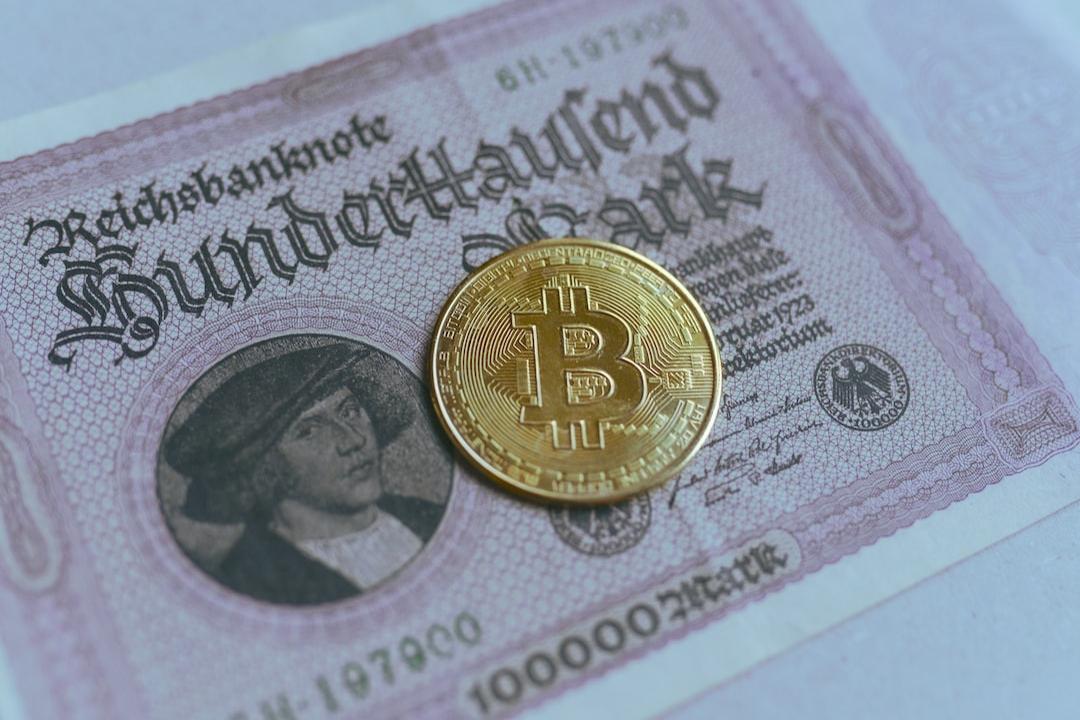
Tether USD (USDT) is currently the largest Stablecoin by market capitalization.
Why buy Stablecoins?
Due to their lower price volatility, most people buy Stablecoins mainly as a medium for cryptocurrency transactions and conversions between digital assets, rather than as investment products.
Although it’s harder to profit from the price fluctuations of Stablecoins, many exchanges offer staking services for Stablecoins.
The concept of staking is somewhat like putting money in a fixed deposit to earn interest. It’s a relatively conservative investment method in the crypto world, but it can still yield decent returns.
Therefore, for conservative investors who want to participate in the cryptocurrency market and test the waters but are afraid of the risks associated with cryptocurrency volatility, Stablecoins can be a suitable entry-level option.
?️ Further Reading:
Illustrated | Stock allocation and dividends in the crypto world! What is “staking”? Understand the mechanisms and risks at once.
4 Steps for Beginners to Buy Coins! A Step-by-Step Tutorial
Step 1: Choose an Exchange
For newcomers to cryptocurrencies, the first step to purchasing cryptocurrencies is to choose a trustworthy domestic exchange.
Currently, the more common exchanges that comply with the Anti-Money Laundering regulations of the Financial Supervisory Commission include MaiCoin, BitoPro, XREX, HOYA BIT, and Rybit. Users can select an exchange based on their needs, preferences, and other considerations.
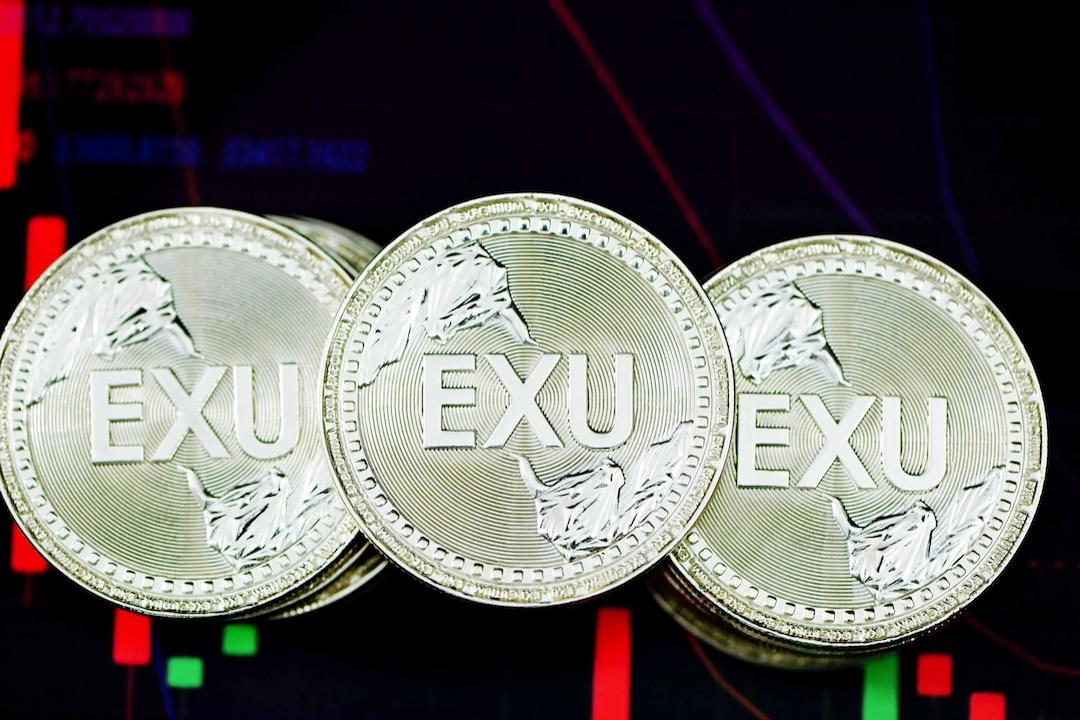
When choosing an exchange, consider the following factors:
– Security:
Ensure the exchange has good security measures, including two-factor authentication and fund insurance. Also, check if the platform has trust or additional insurance for the preservation of user funds and cryptocurrencies.
– Transaction Fees:
Each exchange has different fees for transactions, deposits, and withdrawals, and the coin prices might vary slightly. Some exchanges also offer discounts when using their platform tokens to pay for transaction fees.
– Supported Coins:
To avoid overwhelming beginners, some exchanges only offer a few basic coins. While most exchanges support foundational coins like Bitcoin (BTC), Ethereum (ETH), and Stablecoins, if you plan to meet more investment needs in the future, consider the exchange’s attitude towards listing smaller coins.
– User Experience:
Each exchange has different user interfaces, product services, and operating methods.
Step 2: Register an Account and Complete Identity Verification
After selecting an exchange and downloading it, the next step is to register an account and complete KYC identity verification.
To comply with anti-money laundering regulations, Taiwan’s regulatory authorities require exchanges to verify customer identities. Therefore, the registration process requires providing personal information and identification documents, including ID, date of birth, residential address, and even a photo of yourself holding the ID.
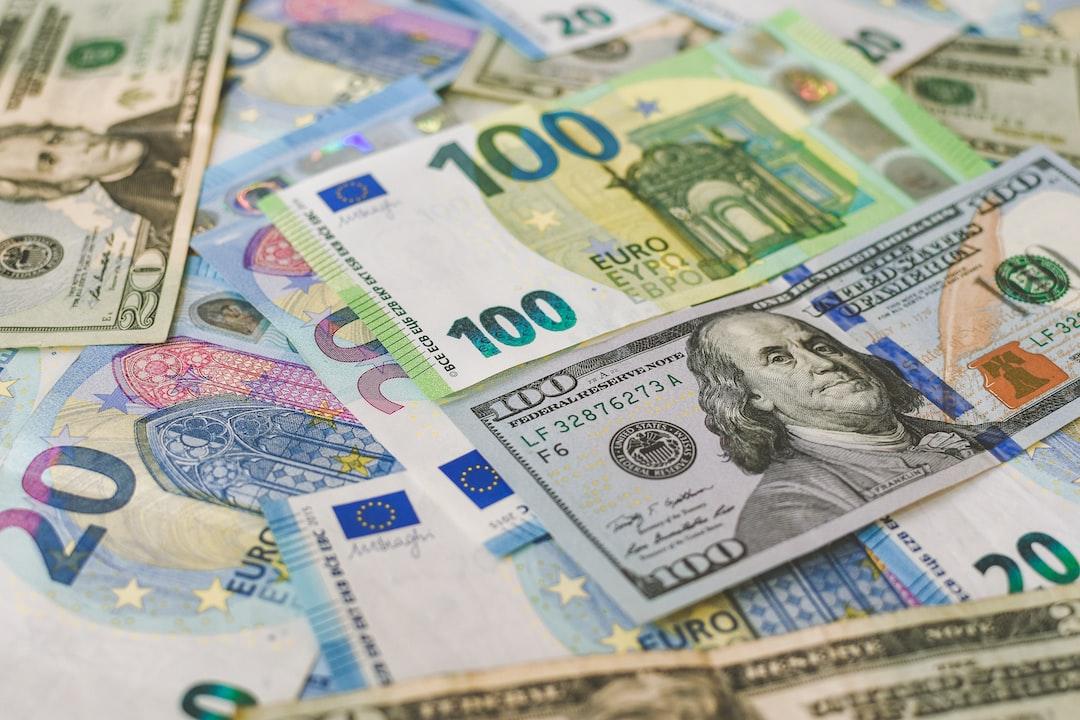
Additionally, during registration, it’s important to bind a bank account to ensure the legality of the customer’s identity and help prevent money laundering and illegal financing activities. In the future, money can only be transferred into the exchange from this bank account.
Step 3: Deposit Funds (Fiat Transfer)
Once account registration and identity verification are complete, and after a few days of review by the exchange, you can start buying and selling coins on the exchange.
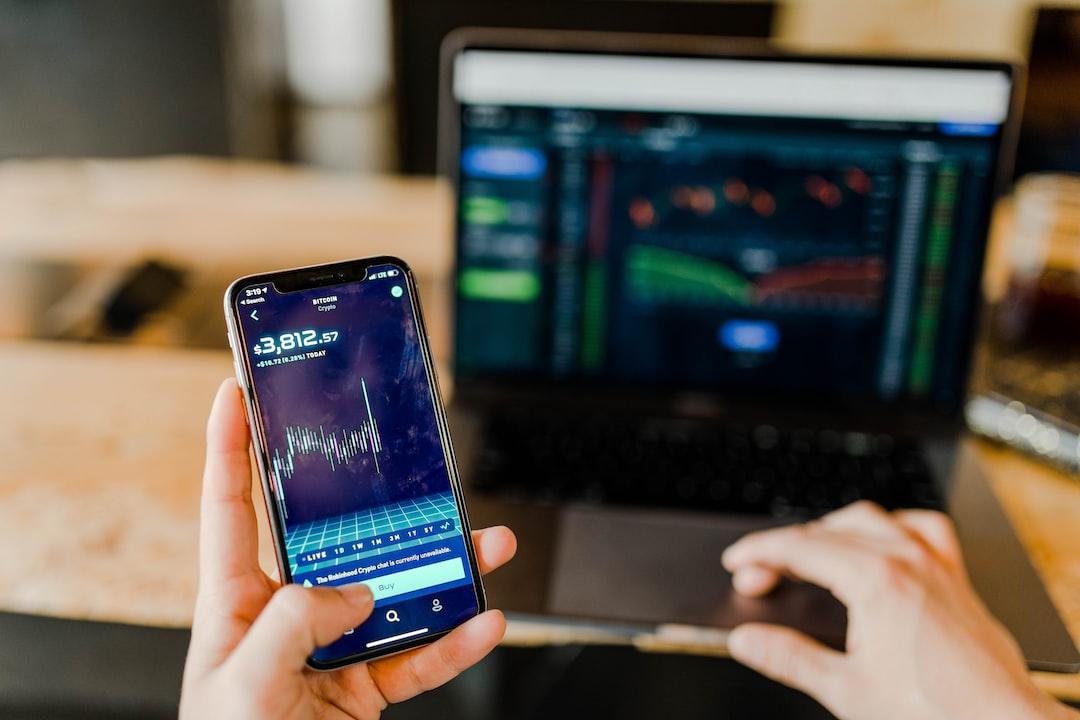
First, click on the wallet in the exchange and select “New Taiwan Dollar” from the list of coins. Then, choose “Deposit” to obtain a unique personal crypto wallet bank account, and transfer funds into the wallet from the previously linked bank account via online banking (recommended) or ATM.

Step 4: Buy Coins
After the transfer is complete, you will receive a notification of the funds’ arrival in about 3-5 minutes. Once the New Taiwan Dollar is credited to your wallet, you can start buying Stablecoins or Bitcoin.
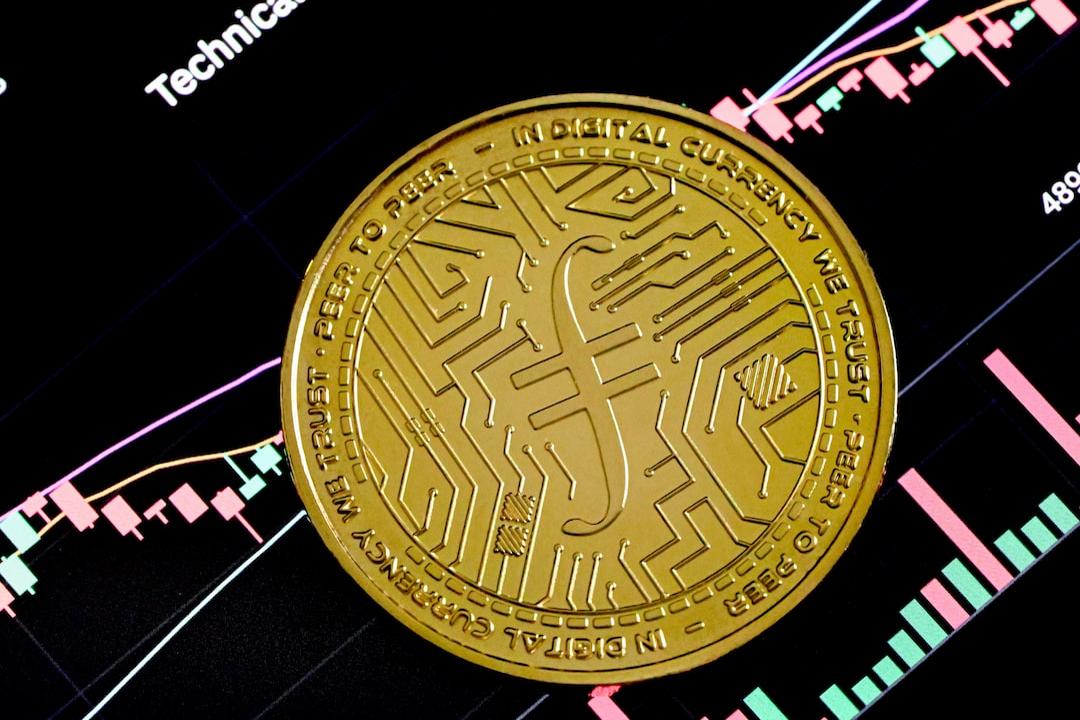
On the exchange’s trading page, you will usually find trading pairs that most users commonly use, such as USDT/TWD and BTC/USDT.
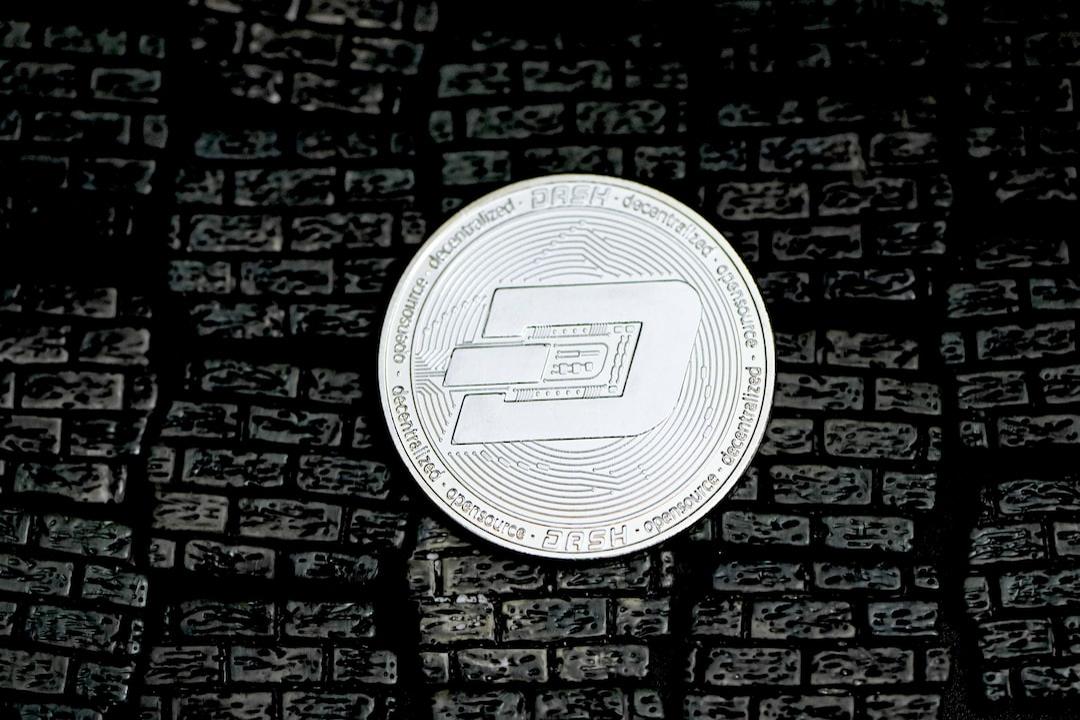
These trading pairs indicate the cryptocurrency you wish to buy and the expected payment currency (the same trading pair is used for selling). For example, USDT/TWD means you can buy and sell the Stablecoin USDT with New Taiwan Dollars, and if you want to buy Bitcoin, you can choose USDT/BTC (wallet must have Stablecoins) or BTC/TWD.
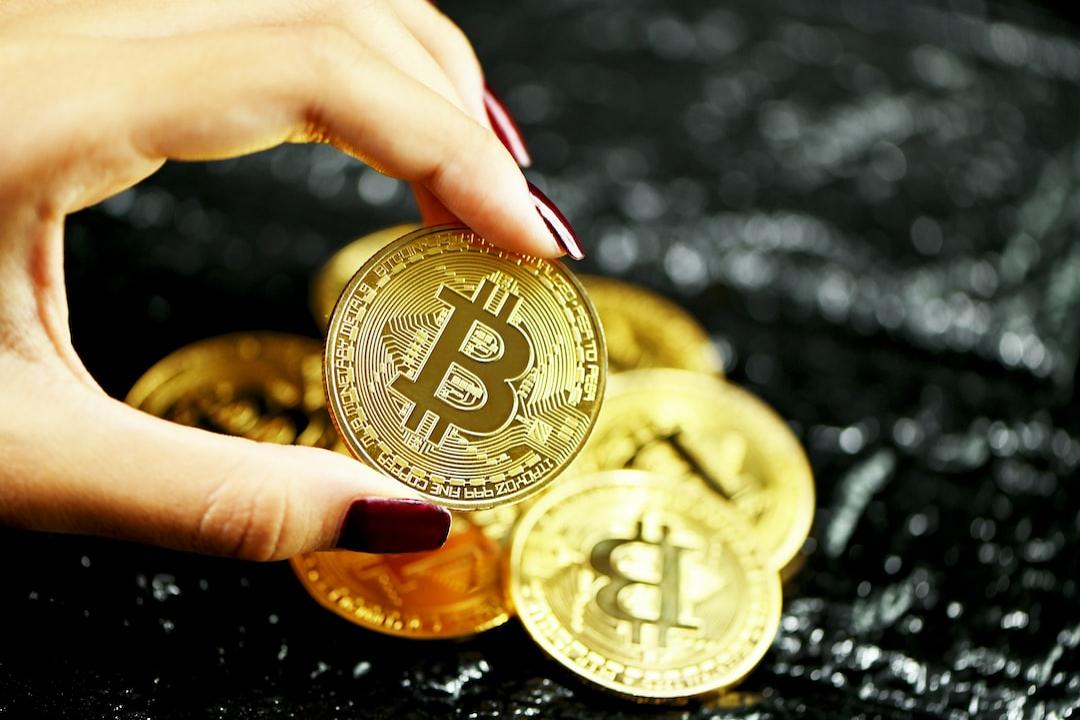
Next, go to the order page, select the cryptocurrency you want to buy, and the purchase amount, then place an order to buy. Since coin prices often fluctuate, if you don’t buy at the “market price” directly but manually enter an amount for “limit buying,” you may need to wait for a while to successfully complete the order.
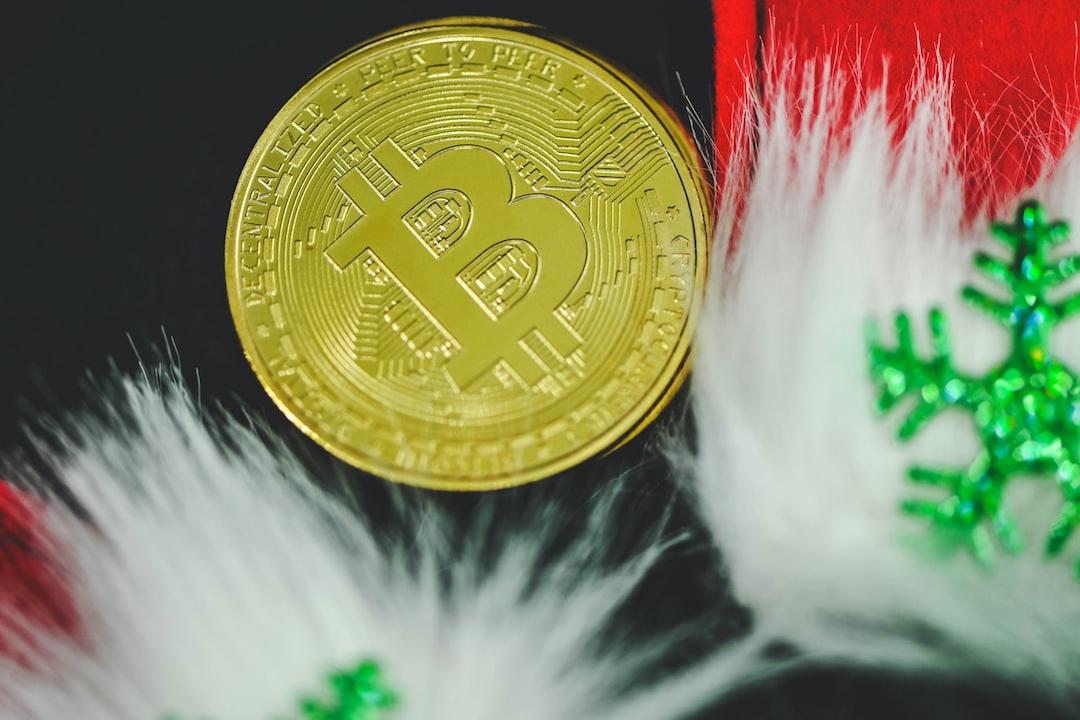
As your cryptocurrency assets increase, you can choose to keep them in the exchange account or transfer them to your cold wallet or other decentralized wallets to enhance security.
Learning to buy coins is the first step into the cryptocurrency market. Using the same process and methods, you can later try using different cryptocurrencies to buy other trading pairs, reducing investment risks and participating in the market.
Finally, it is urged that investors understand the associated risks before investing and proceed with caution.
Editor: Gao Jingyuan

